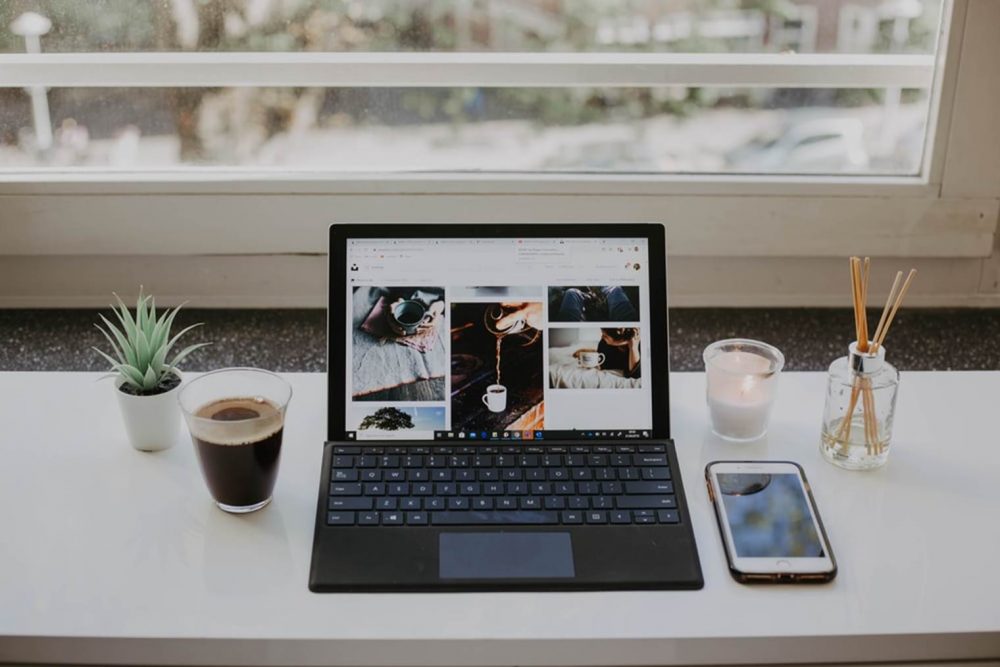
Returning to Work – and Preparing for “New Normal”: Going Back and Moving Forward
In the Bay Area, the government is lifting some back-to-work restrictions. But while 47 states are returning to work at least partially, California Governor Newsom’s shelter in place order still applies to most area businesses. During this time, employers are making plans to re-enter the workplace, and everyone is wondering what the “new normal” look like. The reality is: we don’t know. But we do understand the need for employers to develop short and long-term operational guidelines to help navigate the process. The most important immediate need is that employers ensure workers return to a safe and healthy environment.
As companies assess their unique challenges and opportunities, they need to grapple with a dilemma. For some time, workplace consultants have touted the benefits of an open workplace as a means to increase collaboration and reduce costs. This scenario typically called for a move from private offices to individual and shared workspaces, resulting in less space and a denser environment. While open or hybrid offices often became the norm and some surveys validated this process, others questioned this arrangement’s productivity. And then, when the coronavirus pandemic hit, social distancing—or now, “workplace distancing”—became essential.
So, how do we reconcile this seeming contradiction? The answer is, we still need not only less space but better space. For years, we at a3 Workplace Strategies have counseled that “one size doesn’t fit all”…and we, therefore, should strive to achieve a sense of balance through customized workplace solutions. Today, this philosophy resonates more than ever.
But how can we achieve a healthier, more efficient workplace in a cost-effective manner?
To address a healthy and profitable workplace, a3 has been conducting focus groups with clients and consulting with colleagues in the industry. Here’s a summary of what we’ve learned:
- One way to maintain a smaller office footprint and mitigate social risks is to continue and perhaps increase the remote workforce.
- Working at home seems to be working for the most part, though the arrangement needs the right technology, proper management, and communication protocols.
- In a recent CoreNet Global survey, 69% of CRE respondents said their company would occupy less space following the shutdown; a recent Gartner study of CFOs revealed they planned to downsize employees coming to the office every day.
- Many companies are planning a staggered return to work this summer or even fall.
- Staff must feel comfortable and safe in their return, and this necessitates new safety initiatives and a communication plan to facilitate a shift to this new paradigm.
- Special attention must be paid to food programs/café use, commuter challenges (especially for staff that rely on public transportation), and visitor protocol.
- Companies should determine what health and safety products to buy and what technology to invest in.
- A plan for longer-term office changes needs to be developed, and we need to appreciate the variables in an economy and real estate market that may not stabilize for years.
Workplace Readiness Essentials
To add specific examples to the above, we thought it would be useful to share Cushman & Wakefield’s recently released “Safe Six” workplace readiness tips:
- Prepare the Building. Implement cleaning plans, pre-return inspections, and HVAC and mechanical checks.
- Prepare the Workforce. Create policies for deciding who returns, shift/schedule management, and employee communication.
- Control Access. Enforce protocols for safety and health checks, building reception, shipping/receiving, elevators, and visitor policy.
- Create a Social Distancing Plan. Follow guidelines for decreasing density, schedule management and office traffic patterns.
- Reduce Touch Points and Increase Cleaning. Implement open doors, clean-desk policy, food plans, and regular cleaning of common areas.
- Communicate for Confidence. Recognize the fear employees may feel in returning, communicate transparently, and listen/survey regularly.
In addition to C&W’s tips, we at a3 would like to underscore that this process is more than wearing a mask and washing your hands. Additional pointers include: no desk-sharing/hoteling, installing portable air purifiers, encouraging video conferencing even while at the office, creating work distancing signage, installing hands-free faucets, minimizing attendance in conference rooms, adjusting furniture and desks with plastic barriers for workstation separation, allowing for more outside air, and considering UV phone sanitizing (since our phones have more bacteria than public toilets!).
Remember that knowledge is power. For more related information, see the comprehensive workplace return guides prepared by Cushman & Wakefield and Colliers.
Looking ahead, we at a3 would also like to remind you that even with proper precautions, there is no such thing as zero risk. Rather, we encourage you to mitigate risk and optimize opportunities.
- Let’s be patient as we expect some stress and uncertainty until we have a vaccine.
- Let’s continue working from home when appropriate (stay tuned for more tips on that).
- Let’s adopt a recovery plan and adjust as needed.
- Let’s trust one another and keep our eyes on the big prize—the health and safety of our families, friends, and workplace colleagues.
Be safe, be well, be smart, and let us know who we can help you go back and move forward,
Best,
Robin Weckesser, CEO, a3 Workplace Strategies
1-800-314-2256
info@a3workplace.com
Click here to read more about a3 Workplace Strategies’ COVID-19 response.




Sorry, the comment form is closed at this time.